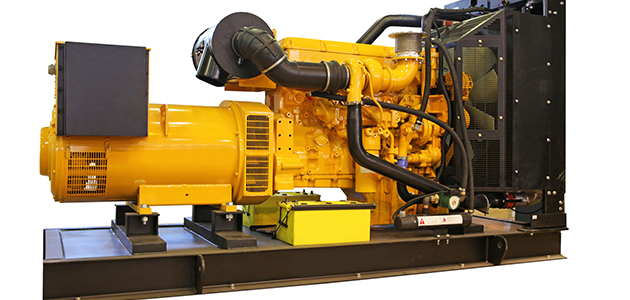Backup Power: A Forgotten Cost of Resilience?
Back to Top
I received excellent feedback regarding my recent blog article on monetizing resilience. Another thought on the subject came to mind while I was reading a recent Cleveland State University report on valuing resiliency from microgrids.
My initial blog item on monetizing resilience established that it’s difficult to put numbers to resilience. However, in looking over the Cleveland State University report, authors Andrew Thomas and Mark Henning had an interesting take on a relatively straightforward way to value resilience. They take note of the customer cost for backup power to achieve the level of resilience they need. That’s a real cost. It’s measurable because a commercial & industrial (C&I) facility’s operations manager could say, ‘If I had the level of reliability and resilience I needed from the source feeding us electricity, I wouldn’t need to add or maintain any backup power. I would be perfectly content to let it ride.’
So, to be specific, another way to measure the value of resilience is to consider the mitigation systems installed at C&I facilities. The fundamental idea is that today no one counts this as a resilience factor. They look at it as, ‘well, that’s just my backup system.’
Consider a situation where a C&I facility experiences on average less than 53 outage minutes per year – otherwise referred to as “four 9’s.” That’s something many C&I facilities could accept and thus avoid the need to acquire expensive backup systems. Maybe some ultra-critical facilities might find even a minute of downtime problematic, but most facilities would say 53 minutes a year is not much time. They would be OK not spending the money to achieve “six 9’s,” which is full resilience, or 31 seconds of downtime in a year. In doing so, they significantly reduce the cost to design, install, maintain, test, troubleshoot, and fuel their backup capabilities to ensure they have diesel, natural gas, or uninterruptible power systems at the ready should a power outage occur.
Let’s look at that from a broader perspective, such as the total cost expended by C&I customers to secure backup generation in a large community, such as Cleveland. How many tens, or even hundreds, of millions of dollars would we be talking about? Together, these entities are spending an incredible amount of money on resilience because the utility isn’t providing it. The obvious conclusion is, with this method, you can measure one cost of poor resilience. If you were to sum what it costs C&I customers to install backup generation systems required to achieve their desired level of resilience, you have a valid measure of the cost of resilience.
More importantly, if we could avoid that cost, what could we do with all that money? If utility C&I customers didn’t have to buy their own backup systems, we could achieve two critical outcomes. For one, if a portion of the funds went instead to the utility, it could build the reliable systems the C&I customer need. Secondly, if those C&I facilities didn’t have to spend money on backup generation, they would have more money to invest in the economy to create more jobs and more growth locally. How much impact is impossible to estimate, but it has great potential.
I’d be interested in hearing your views on how C&I customers could make better use of the money they currently spend to back up their utility-provided generation.